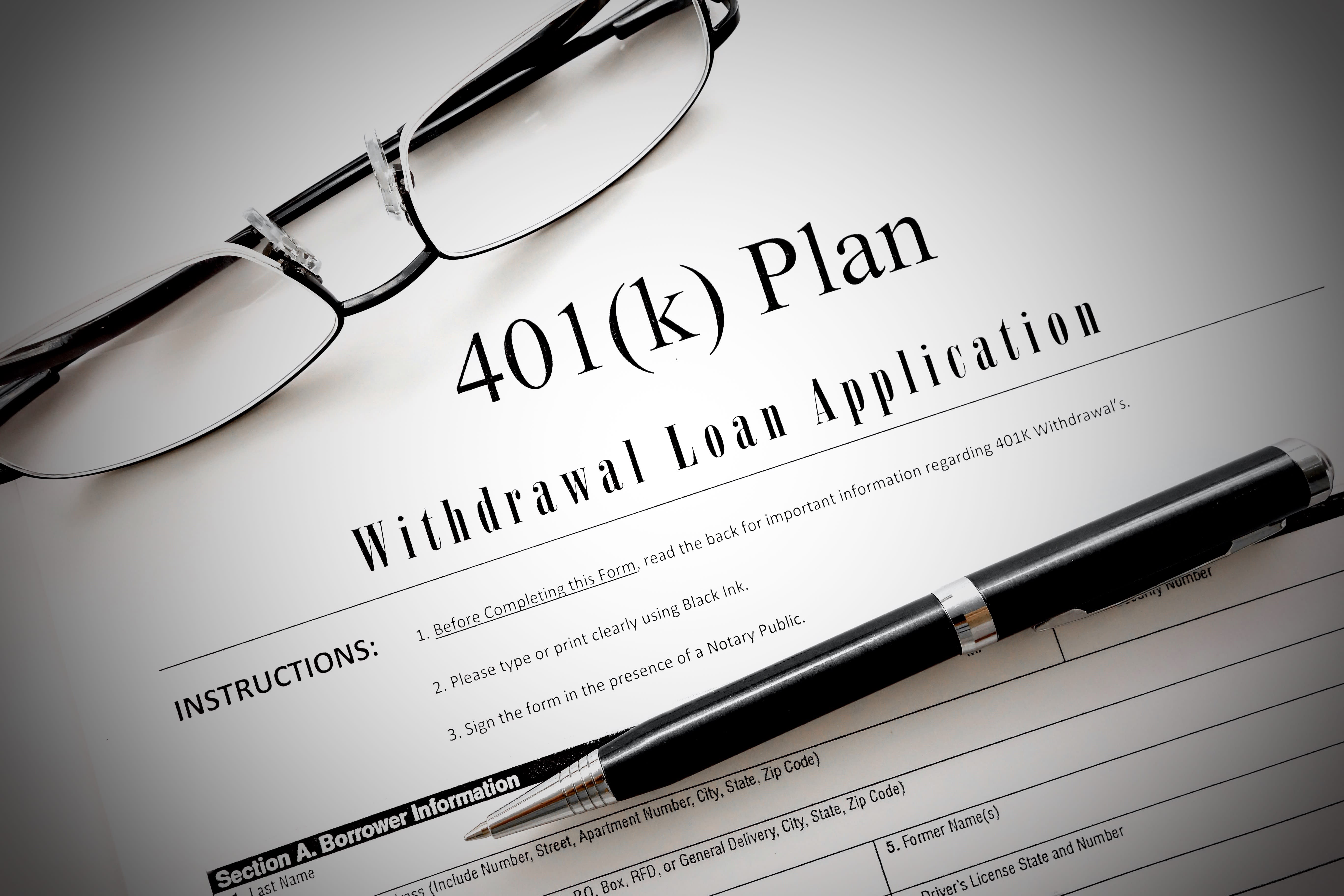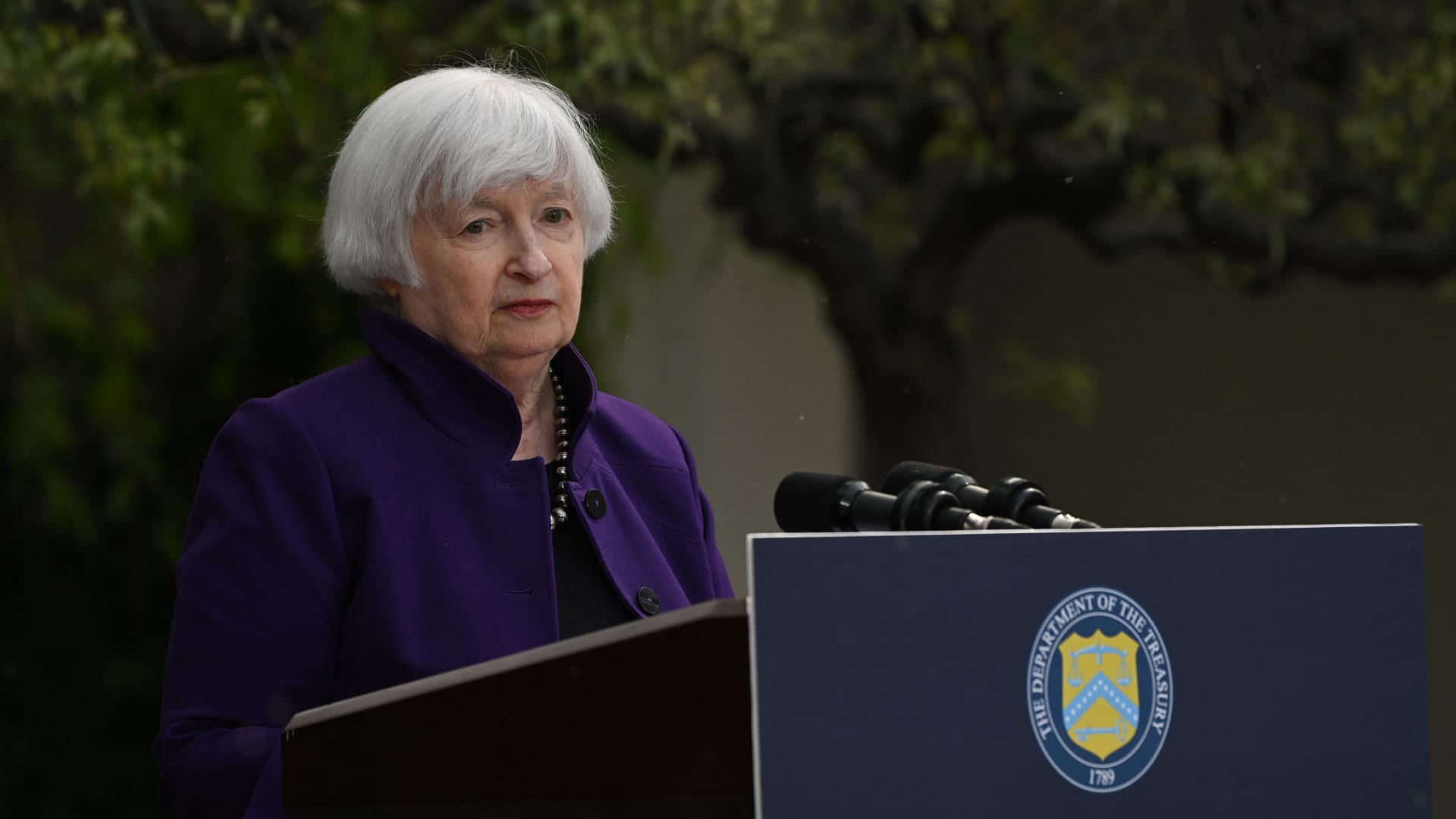How 401(k) accounts killed pensions to become one of the most popular retirement plans for U.S. workers

About $33.1 trillion — that is how much Americans have saved up for retirement as of September 2020, according to the Investment Company Institute.
Around $6.5 trillion of that is held in 401(k) accounts, representing nearly one-fifth of the U.S. retirement market.
“It’s part of what we call … the three-legged stool of the U.S. retirement system, the other two parts being Social Security and private savings,” said Anqi Chen, assistant director of savings research at the Center for Retirement Research at Boston College.
Until the 1980s, most Americans planned for retirement through pensions. They were defined-benefit plans, in which employers saved on workers’ behalf and calculated employees’ retirement benefits based on their years of service and final salary.
“The risk is all on the employer or the pension fund. The pension fund or the employer has to figure out how many years on average the people in the pension fund are going to live and has to tie the benefits to projected earnings,” said Monique Morrissey, an economist at Economic Policy Institute.
That changed when Congress passed a new tax code in the Revenue Act of 1978. The act included a new provision in the Internal Revenue Code, Section 401(k), which gave employees a tax-advantaged way to defer compensation from bonuses or stock options.
Unlike traditional pensions, 401(k) plans are defined-contribution plans. Employers create a retirement plan in which their employees can contribute a portion of their wages on a pretax basis, up to an amount determined by the IRS.
“So we went from a system where the employer in the private sector paid for the entire pension and took on all the risk to a system where the worker in the private sector took on most of the cost and all of the risk,” said Morrissey.
401(k) and other defined-contribution plans like it quickly replaced traditional pension plans. From 1980 through 2008, participants in pension plans fell from 38% to 20% of the U.S. workforce, while employees covered by defined-contribution plans jumped from 8% to 31%, according to the Bureau of Labor Statistics.
“Within a decade, the majority of workers overall were in a 401(k) rather than a traditional pension,” said Morrissey. “And we’re now over 30 years into the 401(k) era.”
In 2020, there were about 600,000 401(k) plans, with approximately 60 million Americans participating in them. It continues to be one of the most popular retirement plans for U.S. workers.




